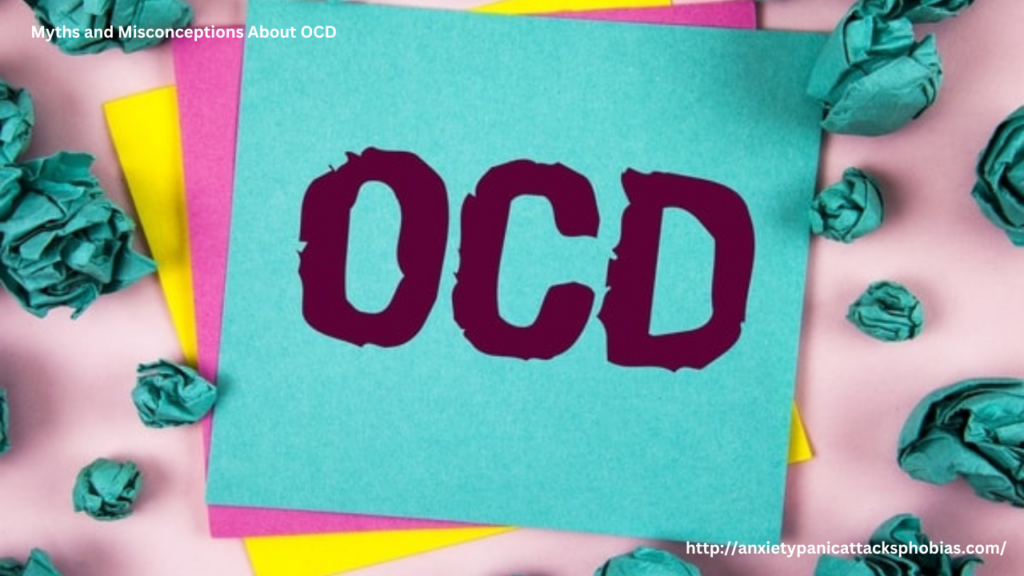OCD Unmasked: Myths, Facts, and Effective Treatment Strategies

Obsessive-Compulsive Disorder (OCD) is a mental health condition that affects millions of people worldwide. It is often misunderstood, leading to harmful myths and misconceptions. While pop culture frequently portrays OCD as merely a quirky obsession with cleanliness, the reality is much more complex. This article aims to separate fact from fiction and explore effective treatment options for those affected by OCD.
Myths and Misconceptions About OCD
Myth #1: OCD is Just About Cleanliness and Order
One of the most common misconceptions about OCD is that it only involves excessive cleaning and a need for order. In reality, OCD presents in many ways, including intrusive thoughts, compulsive checking, hoarding, and mental rituals.
Myth #2: People With OCD Can Just “Stop” Their Behavior
Many believe that individuals with OCD can control their compulsions if they simply try hard enough. However, OCD is a neurological disorder that makes it extremely difficult for individuals to ignore intrusive thoughts and resist compulsions.
Myth #3: OCD Is Rare
OCD is more common than many think, affecting approximately 2-3% of the population. It impacts people of all ages, genders, and backgrounds.
Myth #4: OCD Is Always Visible
While some people exhibit obvious compulsions, such as excessive handwashing, others suffer from internal compulsions, like mentally repeating words or counting. This makes it easy to overlook or misdiagnose OCD.
Understanding OCD: The Facts
OCD is characterized by persistent, intrusive thoughts (obsessions) and repetitive behaviors or mental acts (compulsions) that an individual feels driven to perform to alleviate anxiety. The cycle of obsessions and compulsions can be distressing and time-consuming, significantly affecting daily life.
Common obsessions include:
- Fear of contamination or illness
- Fear of harming oneself or others
- Unwanted aggressive or taboo thoughts
- A need for symmetry or exactness
Common compulsions include:
- Excessive cleaning or handwashing
- Checking doors, appliances, or locks repeatedly
- Arranging items in a precise manner
- Mental rituals, such as praying or counting
Effective Treatment Strategies for OCD
While OCD can be debilitating, several treatment options have been proven effective in managing symptoms and improving quality of life.
1. Cognitive-Behavioral Therapy (CBT)
CBT, specifically Exposure and Response Prevention (ERP), is considered the gold standard treatment for OCD. ERP involves gradually exposing individuals to their fears while preventing compulsive responses, helping them build tolerance to distress.
2. Medication
Selective Serotonin Reuptake Inhibitors (SSRIs), such as fluoxetine and sertraline, have been shown to reduce OCD symptoms. In some cases, a combination of medication and therapy is most effective.
3. Lifestyle and Self-Help Strategies
- Mindfulness and Meditation: These practices help individuals manage anxiety and intrusive thoughts.
- Support Groups: Connecting with others facing similar challenges can provide encouragement and coping strategies.
- Healthy Routine: Regular exercise, sufficient sleep, and a balanced diet can support mental well-being.
Conclusion
OCD is a serious mental health disorder that extends far beyond common stereotypes. By understanding the true nature of OCD and recognizing effective treatment strategies, individuals affected by the condition can find hope and support. Seeking professional help and adopting the right strategies can make a significant difference in managing OCD and leading a fulfilling life.